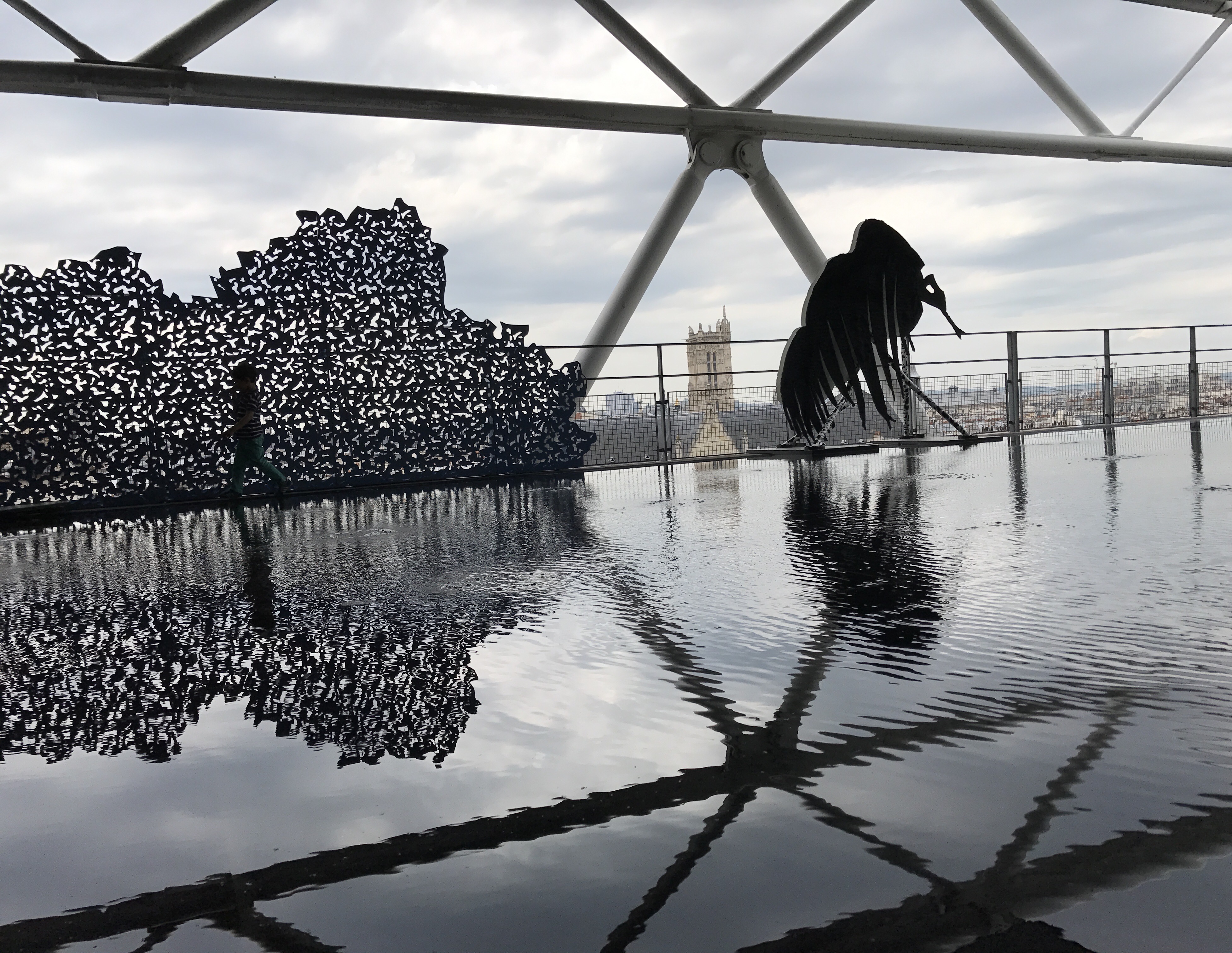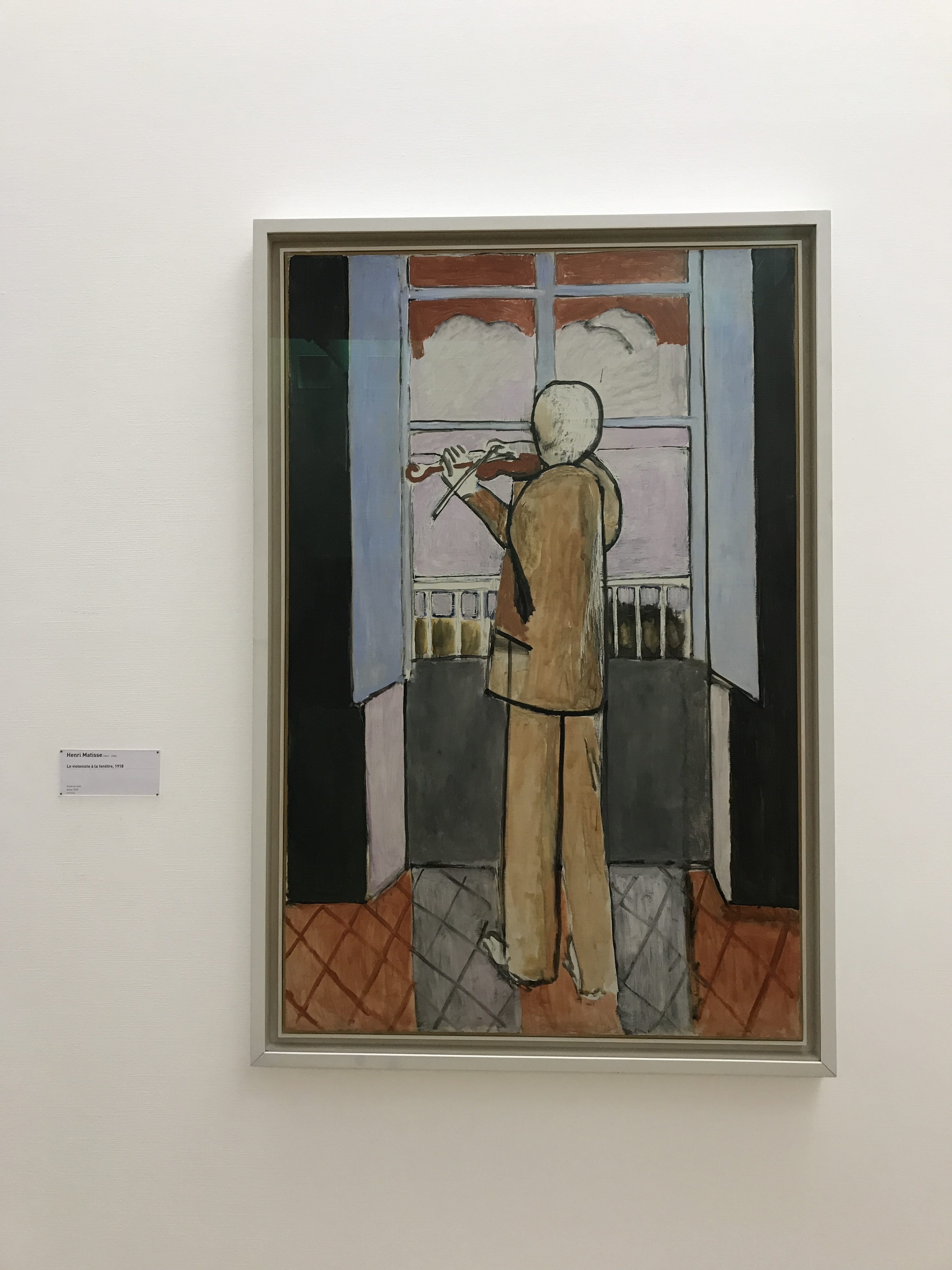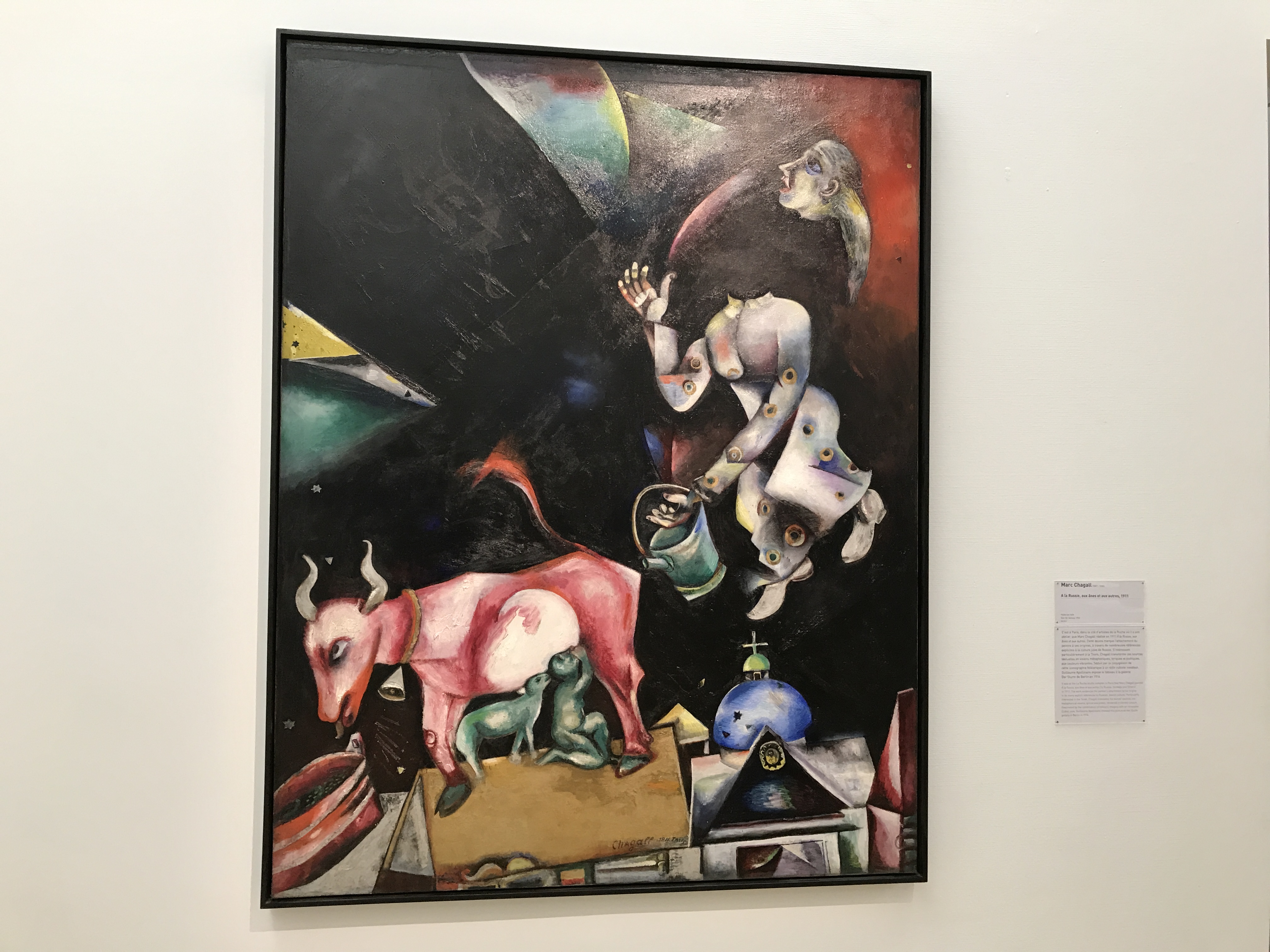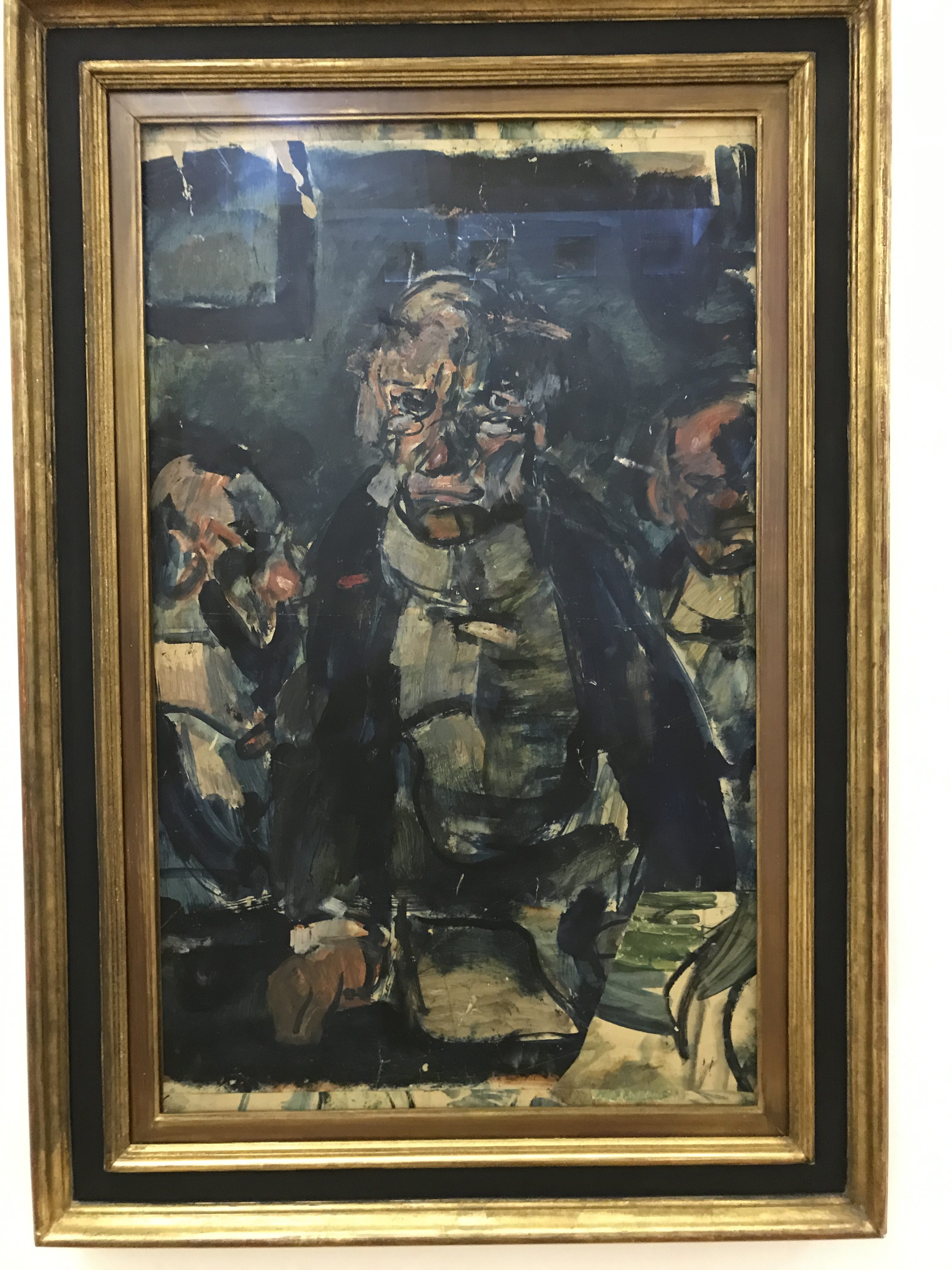Maymester Day 9

104 years ago on this day: May 29, 1913, Stravinsky’s ballet, “The Rite of Spring” premiered at the Théatre des Champs-Elysées, just a few metro stops away. Fittingly, we are gathered around La Fontaine Stravinsky as we begin our day. In the lead up to “The Rite of Spring’s” premiere, Stravinsky had teamed up with Serge Diaghilev ‘s exciting and controversial dance company, the Ballet Russes, along with the renowned dancer and choreographer, Vaslav Nijinsky. While some of them might have expected some kind of lash-back from the audience, none of them could have imagined the uproar that took place that night.
So the tale goes that the audience was so outraged by the performance, that the noise in the concert hall from their shouts and boos drowned out the entire orchestra. It was so chaotic, that Stravinsky went backstage to shout out rehearsal numbers to try to keep the orchestra together.
There were many reasons, both musically and choreographically why “The Rite of Spring” caused such a spectacle. The opening of the piece immediately breaks with tradition by putting the solo bassoon in its highest range. Soon, this becomes only a minor offense to the classical purist who listening in 1913. The rhythms in particular are in constantly changing meters with jagged non-intuitive accents. They are disconcerting to say the least, especially if you are not prepared for the type of rollercoaster ride Stravinsky’s built in “The Rite of Spring”.
In the choreography, Nijinsky flips the entire classical tradition that we saw with King Louie XIV on its head. Instead of the dancers being elegantly outstretched and turned out, they are directed to turn their toes inward. This, paired with their hunching over and contorting their bodies inward, creates a sight that is very jarring to watch. Also, the story of the Rite of Spring is about an animalistic pagan sacrifice. There is nothing normal or innocent about “The Rite of Spring”. At this point in time, it is breaking every conceivable rule and tradition. There was no way that it could have been readily accepted. Nonetheless, I believe that the outrageousness of the audience’s reaction only shows how that “The Rite of Spring” is a piece that will endure.
Stravinsky, Nijinsky and Diaghilev were not the only artists creating in the spirit of breaking tradition and daring to invent new types of art. Artists such as Matisse and Kandinsky were also painting their way toward a new type of abstract/modernist visual art.
As we made our way through the Pompidou, I was most struck by three pieces: “Le Violoniste á la fenêtre” by Matisse, “Auf Spitzen” by Vassily Kandinsky, and “Confërencier” by Georges Roualult.
“Le Violoniste á la fenêtre” immediately caught my attention as I am a violinist, and the painting is of a violinist. However, what I find comical about this piece is that the violinist is painted in a way that in no way at all resembles the actual technique of a violinist. This in itself breaks from tradition of paintings that try to exactly portray a person or event.
“Auf Spitzen” grabbed my eye both because of the absurdity of it(two calves feasting on a cow, a headless god-like woman above what looks like the Vatican etc…). Not only is the content matter a huge leap away from 19th century art, but also the intense use of color.
Lastly, “Confërencier” got closest to my emotional responses. It portrays a man whose head and body seem to be falling off the way it is painted. It immediately seemed to me as if I was visually seeing what it would be like for someone to lose their mind. There are no flashy colors or absurd subject matter, but I feel like the sheer “ugliness” and distorted reality give this Roualult piece a hauntingly modern and abstract feel.

“La Violiniste á la fenêtre” by Henri Matisse

“Auf Spitzen” by Vassily Kandinsky

“Confërencier” by Georges Roualult
-
Recent Posts
Recent Comments
Archives
Categories
Meta